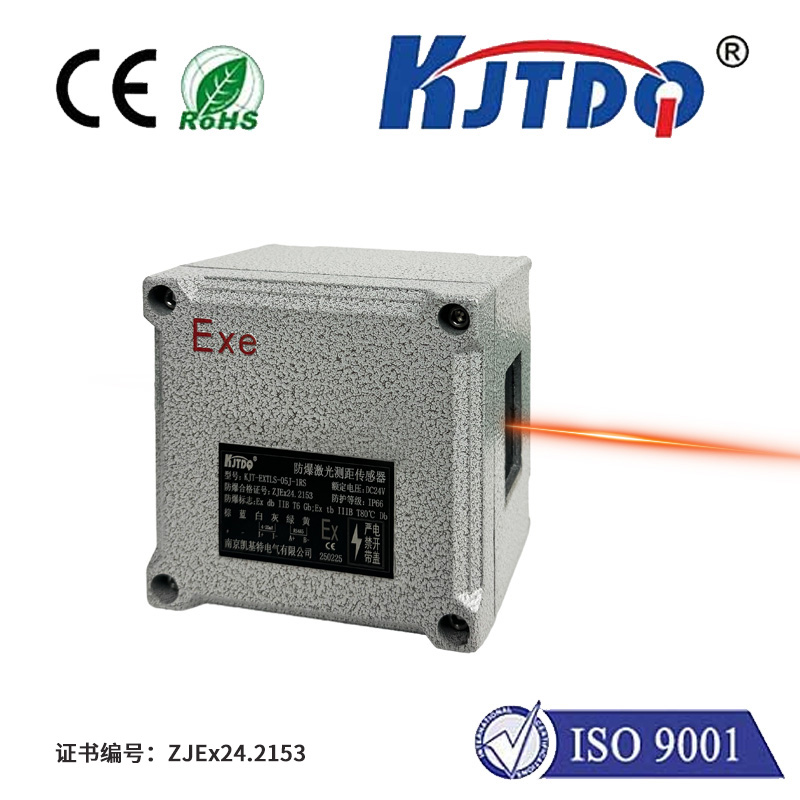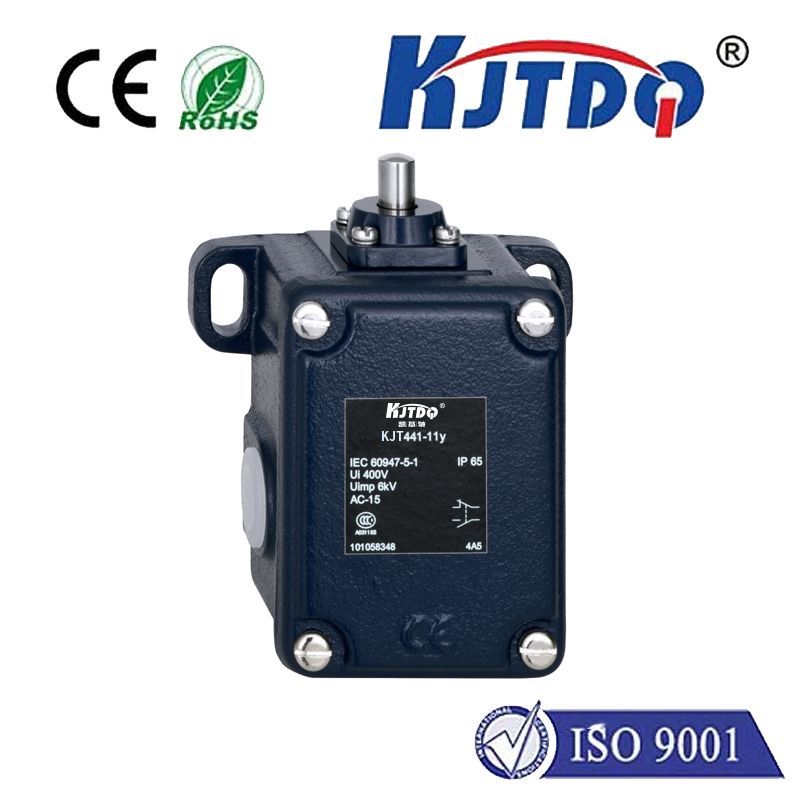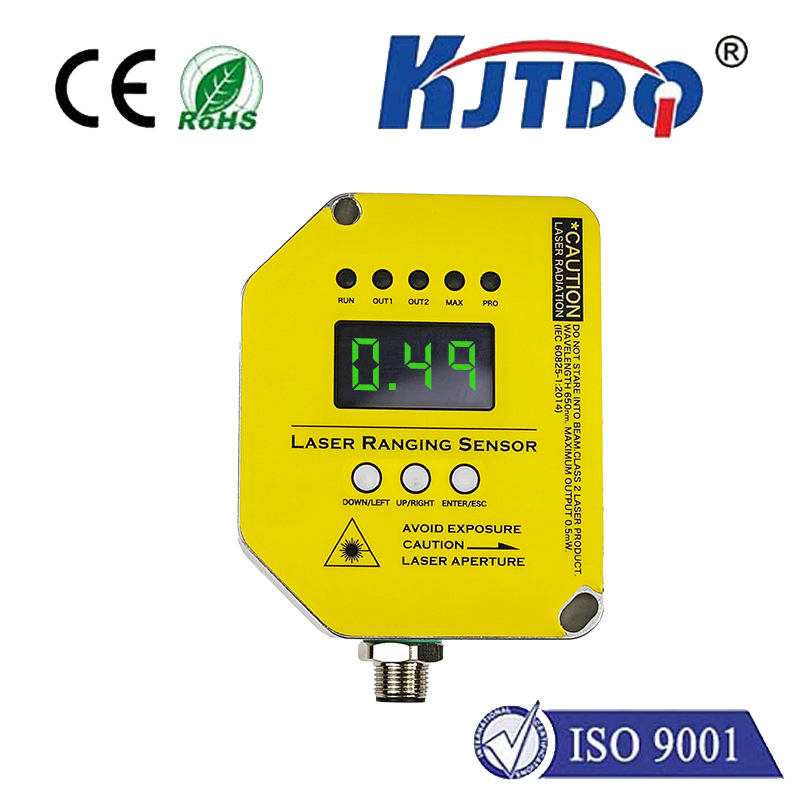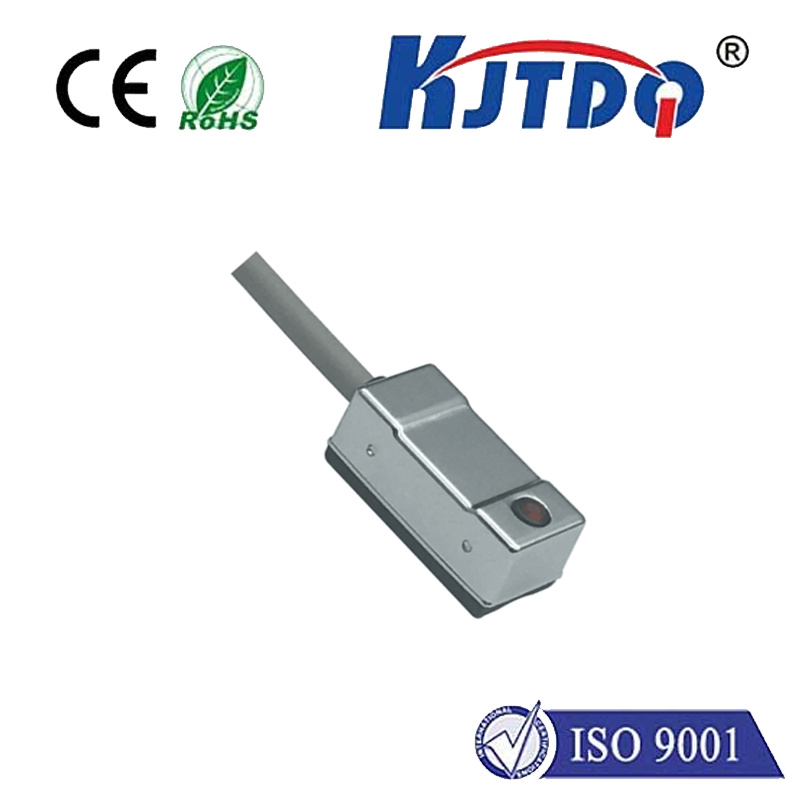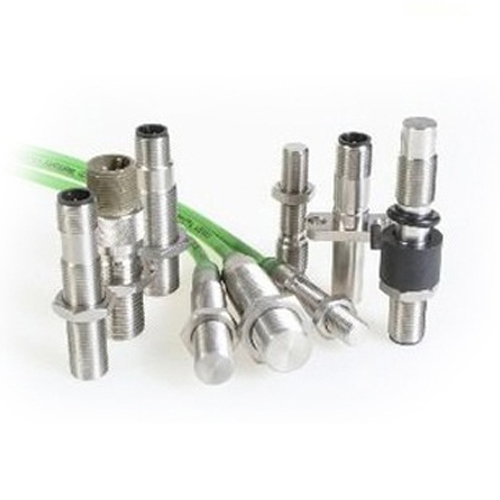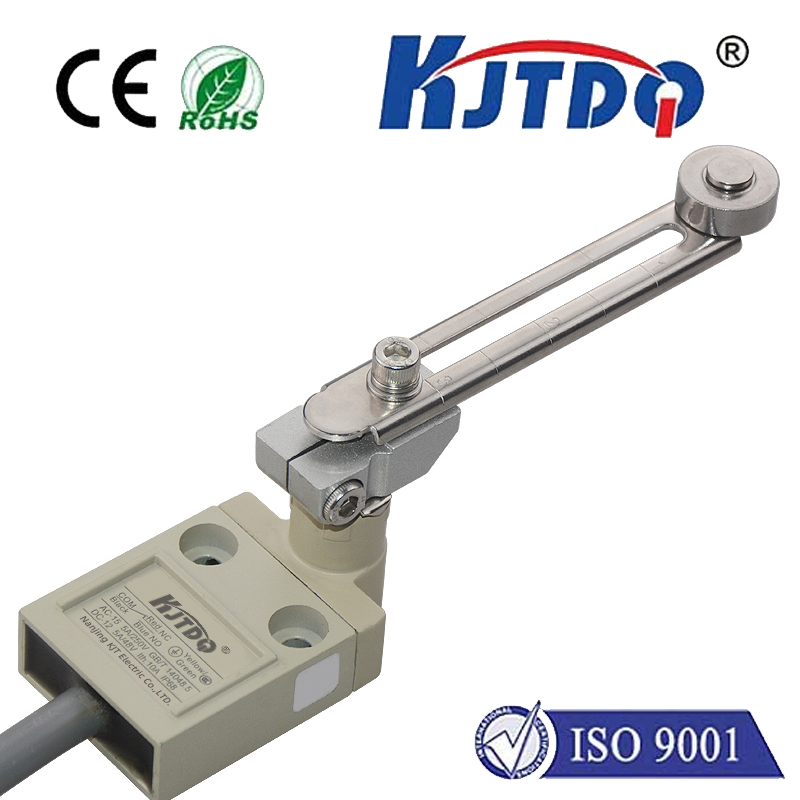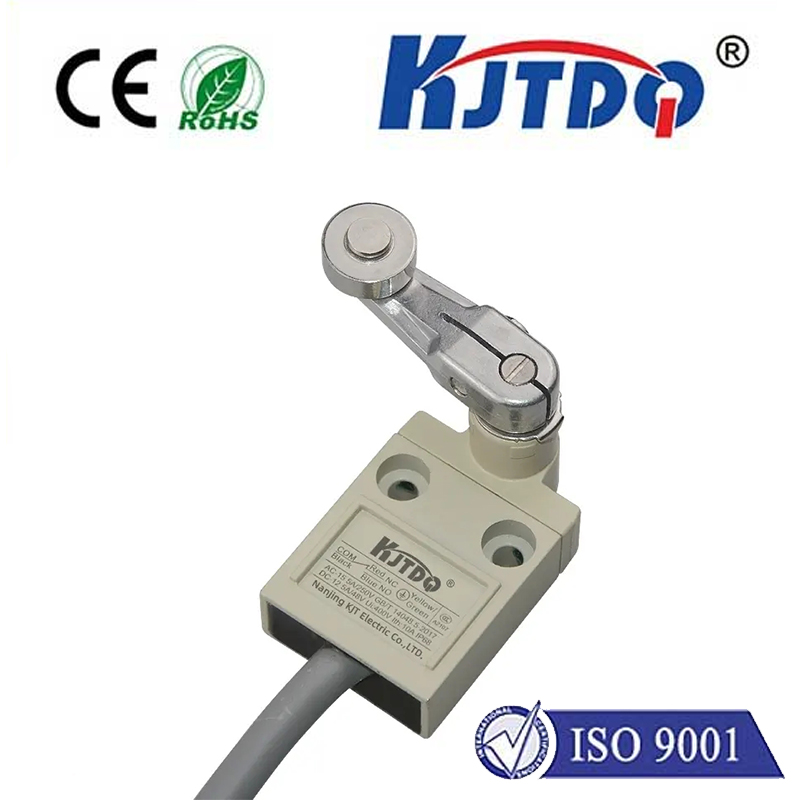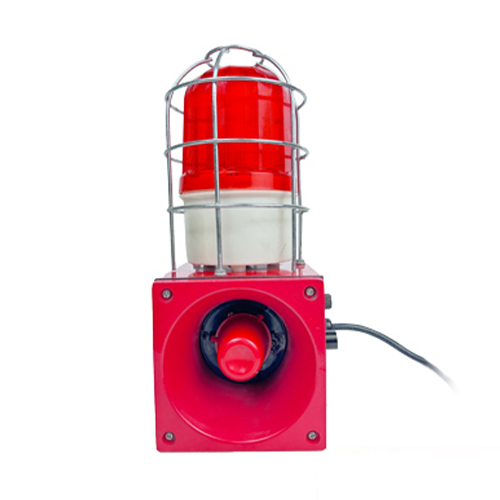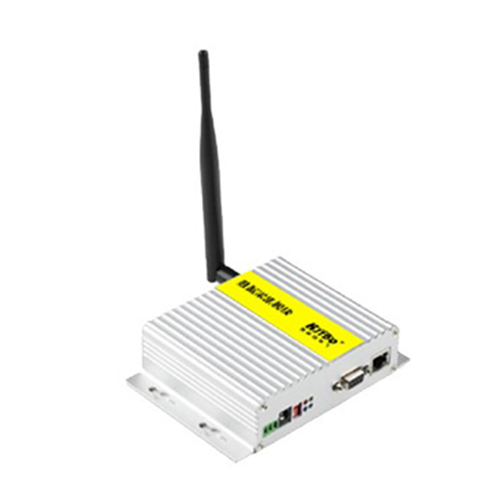analog laser distance sensor
- time:2025-09-08 13:43:00
- Click:0
Analog Laser Distance Sensors: Precision Measurement in the Flow of Control
Harnessing Continuous Signals: The Power of Analog Laser Distance Sensors
Imagine needing to constantly monitor the position of a robotic arm, the precise thickness of a rapidly moving sheet of metal, or the critical gap between two components on a high-speed assembly line. In these dynamic environments, a simple ‘on/off’ or even a periodically sampled digital distance reading might not suffice. You need a continuous, real-time stream of distance data. This is where analog laser distance sensors truly shine, offering a vital solution for applications demanding instantaneous feedback and proportional control.
Beyond Zeros and Ones: Understanding the Analog Advantage
At their core, laser distance sensors operate by emitting a focused beam of light (typically a visible red laser or an infrared one for eye safety) towards a target. They then measure the properties of the reflected light to determine the distance. The fundamental difference lies in how this distance information is delivered:
- Digital Sensors: Provide distance readings as discrete numerical values (e.g., millimeters, inches) transmitted over communication protocols like USB, RS232, Ethernet, or IO-Link. They output data in packets at specific intervals (sampling rates).
- Analog Laser Distance Sensors: Convert the measured distance into a continuously variable electrical signal. This is most commonly a linear voltage output (e.g., 0-10V, 1-5V) or a current output (e.g., 4-20mA). The magnitude of the voltage or current signal directly corresponds to the measured distance within the sensor’s defined measuring range.
How They Work: Speed and Simplicity
While the underlying technology for measuring distance (like time-of-flight or triangulation) might be similar to digital versions, the output stage differentiates analog sensors:

- Distance Measurement: Using triangulation as a common example, the sensor’s receiver detects the position where the reflected laser dot hits its internal sensor element (like a CCD or PSD).
- Analog Conversion Circuitry: The position information on this element is processed internally by specialized circuits designed for high speed and minimal latency.
- Voltage/Current Scaling: This processed signal is then scaled proportionally to the distance value.
- Continuous Output: The sensor outputs this scaled analog voltage or current signal continuously and instantaneously, without waiting for a communication cycle.
Where Analog Signals Reign Supreme: Key Applications
The unique characteristics of analog laser distance sensors make them indispensable in specific scenarios:
- Real-Time Closed-Loop Control: This is the prime domain. When distance measurement needs to directly and instantly influence a control system (PLC, motion controller, servo drive) to adjust speed, position, pressure, or thickness, analog sensors provide the necessary feedback speed. For example:
- Precise Gap Control: Maintaining a constant gap between a printing roller and a substrate.
- Thickness Monitoring: Continuously measuring the thickness of extruded plastics, metals, or glass sheets in-line.
- Robotics: Providing real-time position feedback for end-effectors or guiding collaborative robots (cobots) interacting with moving objects.
- Vibration Analysis: Monitoring minute displacements on machinery at high speeds.
- Fast-Moving Targets: Their high response speed allows them to accurately measure objects traveling at high velocities where discrete sampling might miss critical variations.
- Simplicity in Integration: Connecting an analog sensor often only requires wiring its power supply and the voltage/current output directly to an analog input module on a PLC or controller. This is frequently simpler and faster than setting up communication protocols for digital sensors.
- Legacy System Compatibility: Many existing control systems are built around analog I/O. Integrating a modern laser distance sensor with an analog output provides an easy upgrade path without overhauling the entire control architecture.
- Proportional Control Systems: Applications where the degree of change matters more than a specific set point – e.g., controlling fill level based on continuous distance feedback, or adjusting conveyor speed based on product height.
Choosing Wisely: Advantages and Considerations
Advantages:
- Unmatched Speed: Extremely low latency and high response frequency for real-time control.
- Continuous Data Stream: Provides a smooth flow of distance information without discrete sampling steps.
- Simple Wiring & Integration: Often requires just power and an analog input channel.
- Direct Proportionality: Output voltage/current is linearly proportional to distance, simplifying scaling in the controller.
- Compatibility: Seamlessly integrates with existing analog-based control systems.
Considerations:
- Resolution Limitation: While highly accurate, the resolution of the distance reading is ultimately constrained by the resolution of the analog-to-digital converter (ADC) in the receiving controller, not the sensor itself. The sensor provides a continuous signal, but the controller digitizes it.
- Noise Susceptibility: Long cable runs or electrically noisy industrial environments can potentially introduce interference into analog voltage signals. Using 4-20mA current outputs inherently provides better noise immunity over longer distances.
- No Embedded Intelligence: Unlike some digital sensors, analog versions typically don’t provide additional diagnostics, configuration, or advanced signal processing built-in. They are purely focused on delivering the distance-as-signal.
- Scaled Output Range: The sensor delivers distance information only within its specified output range (e.g., 0-10V representing 100-400mm). Distances outside this window result in a saturated output signal (e.g., 0V or 10V), which needs interpretation by the controller.
- Requires Calibration: Ensuring the voltage/current range accurately corresponds to the desired distance range requires proper scaling and potential offset adjustment within the controller.
Triangulation: The Workhorse Principle for Analog Laser Sensors
The triangulation method is especially well-suited for analog output, particularly in short to medium-range sensors (millimeters to several meters). Here’s how it typically works:
- The sensor emits a focused laser beam onto the target.
- The reflected light (diffuse reflection) is collected by a lens within the sensor.
- This lens focuses the light onto a sensitive position-sensitive detector (PSD) or a linear CCD array inside the sensor.
- The position where the reflected spot lands on this detector element is geometrically related to the distance to the target. A shorter distance moves the spot one way; a longer distance moves it the other way.
- Internal analog electronics continuously interpret this position and generate the proportional analog voltage or current signal. The relationship between spot position on the detector and output signal is designed to be linear with distance.
Integrating Analog Laser Sensors: Best Practices
For optimal performance:
- Power Supply Quality: Use a stable, regulated power source to minimize noise.
- Output Type Selection: Choose 4-20mA output for environments with significant electrical noise or for longer cable runs. Use voltage output for simpler, shorter connections where noise is minimal.
- Shielded Cabling: Always use shielded cables for both power and signal. Properly ground the shield at the controller end to drain noise.
- Controller Setup: Correctly configure the analog input module on your PLC or controller:
- Set the input type (voltage or current).
- Define the scaling parameters to convert the raw voltage/current value into the corresponding engineering unit (e.g., millimeters, inches).
- Apply any necessary filtering (e.g., moving average) in the controller program to smooth occasional noise spikes while preserving response speed.
- Calibration Verification: Periodically check the sensor’s output against known reference distances to ensure accuracy hasn’t drifted.
The Enduring Value of Analog
Despite the proliferation of digital communication, analog laser distance sensors remain crucial tools in the engineer’s arsenal. Their ability to deliver *high-speed, continuous, and






